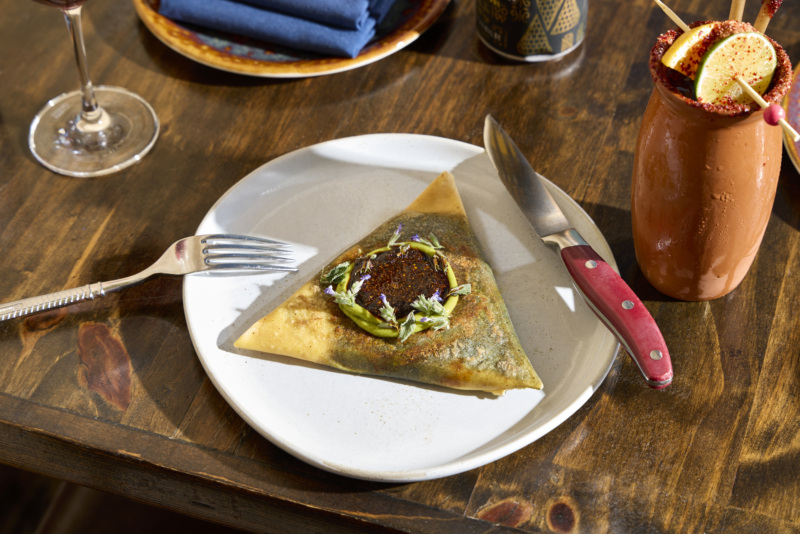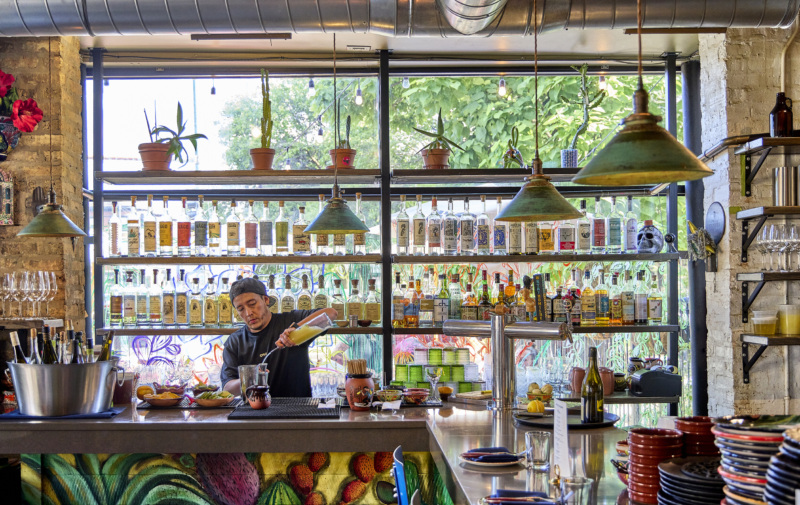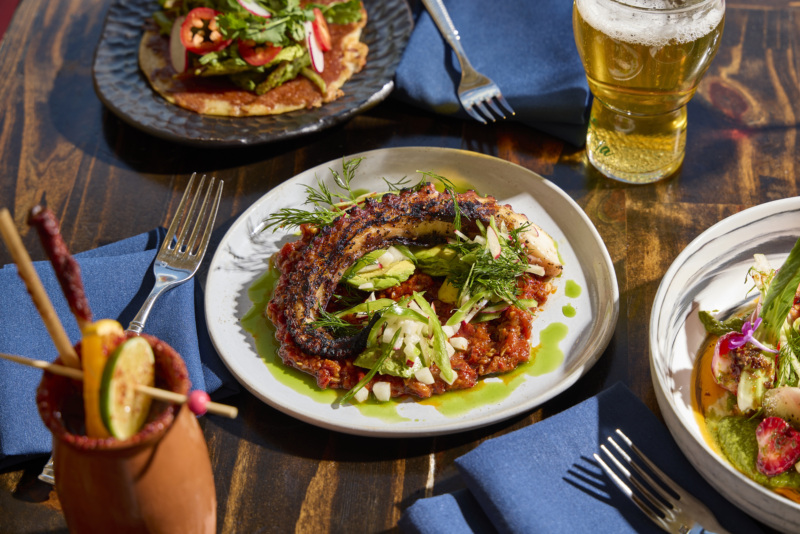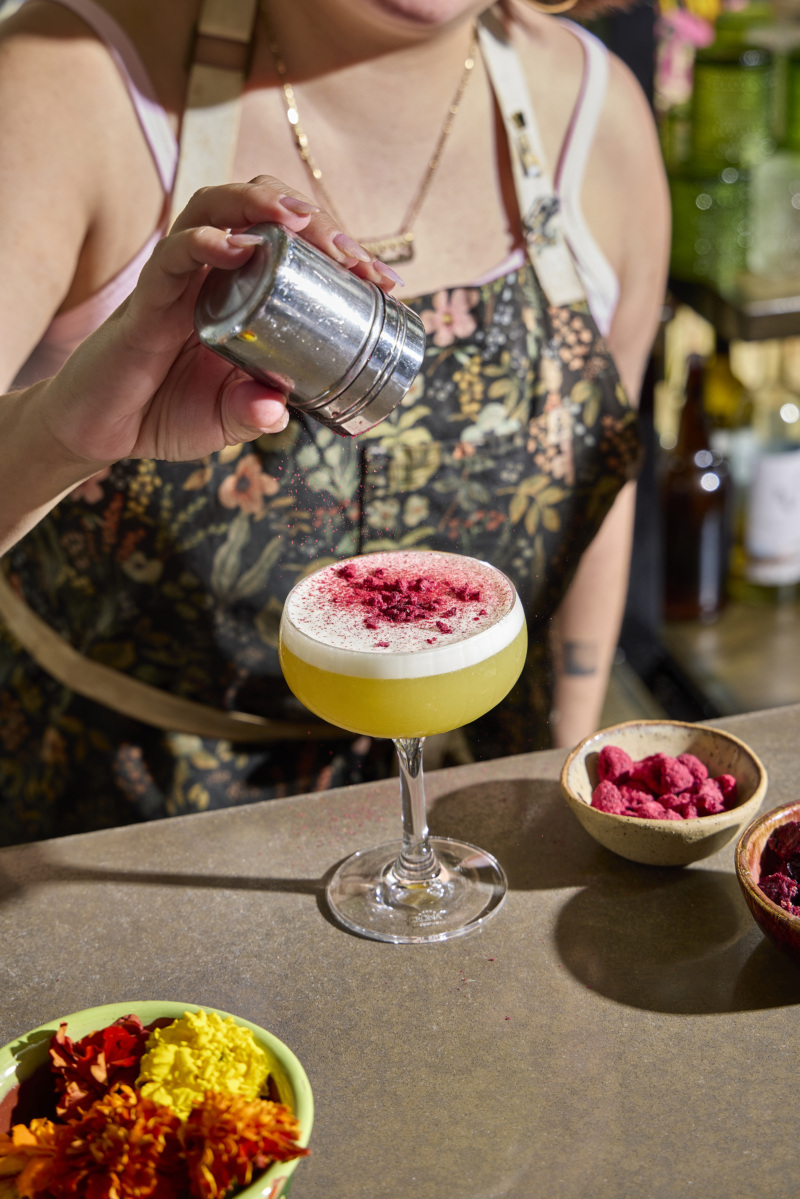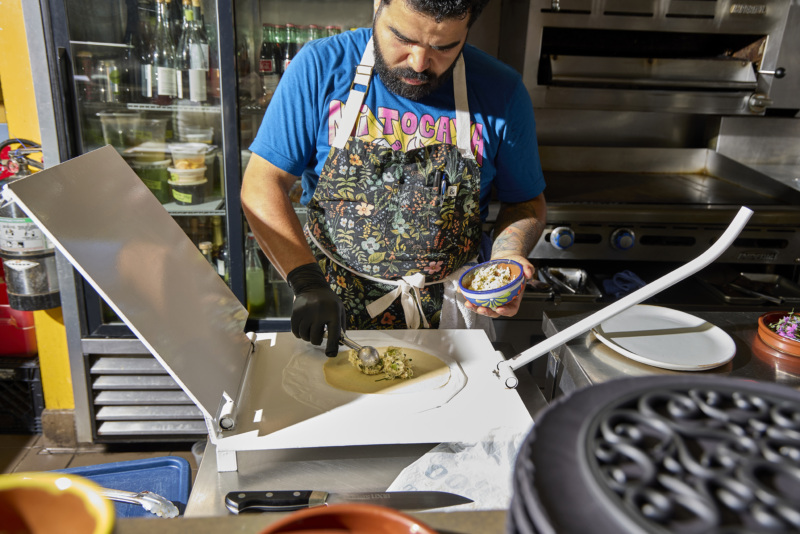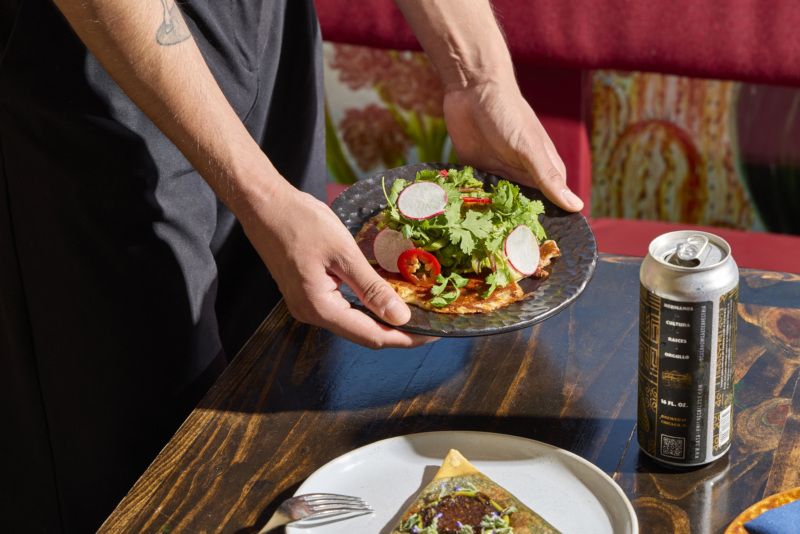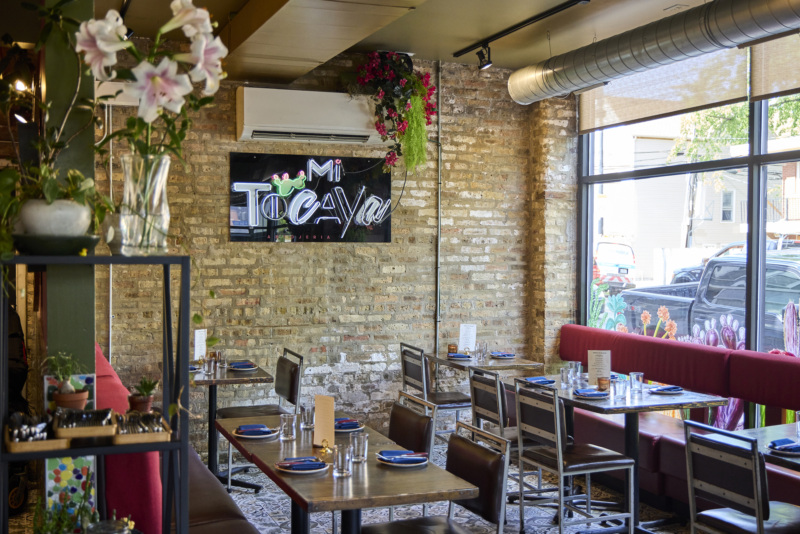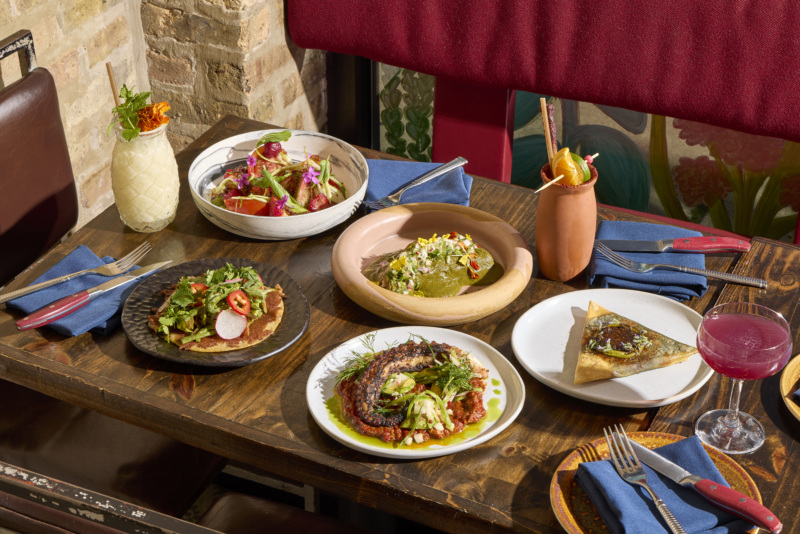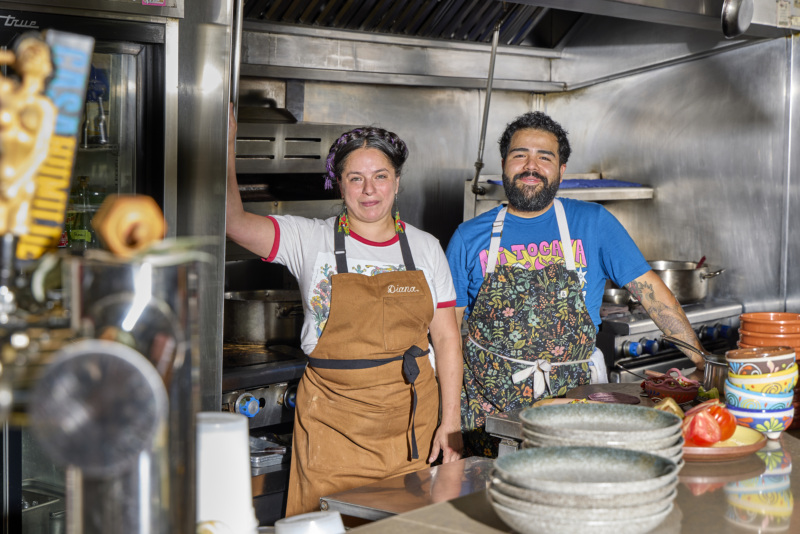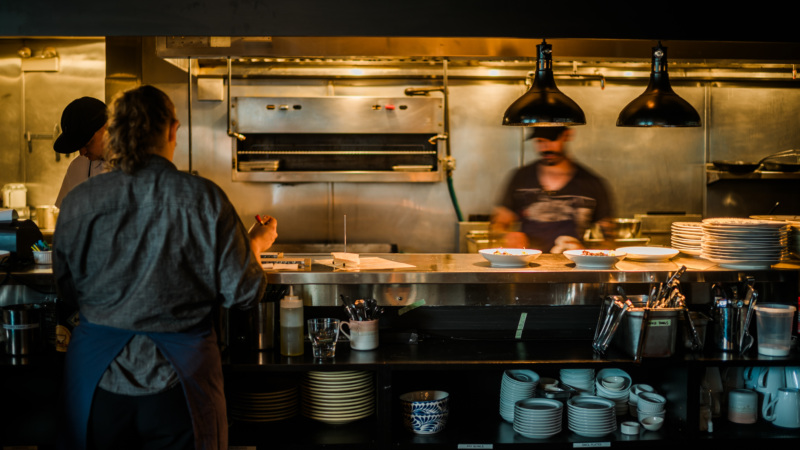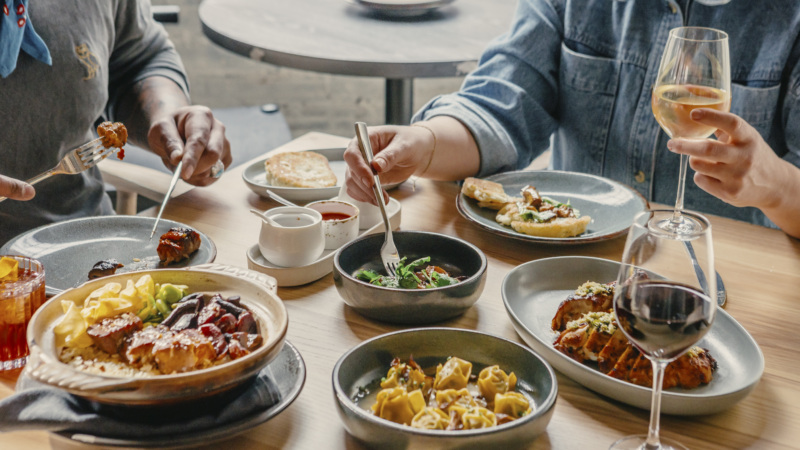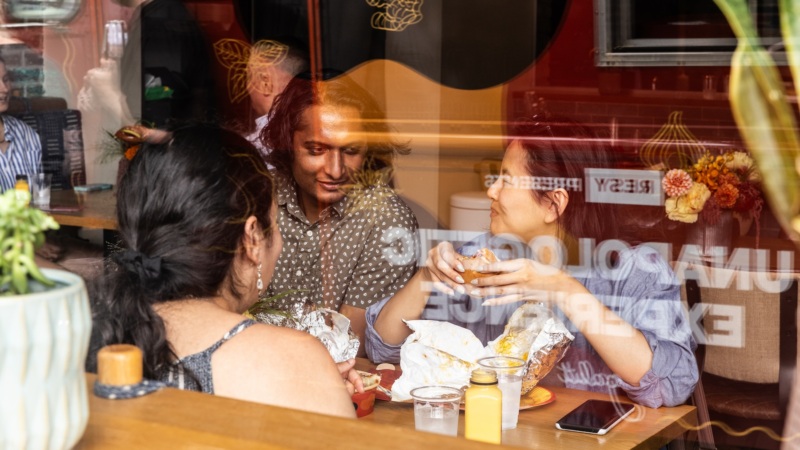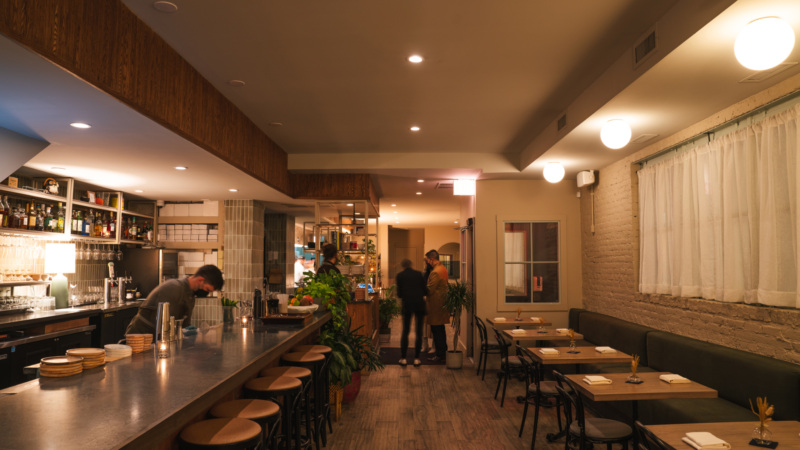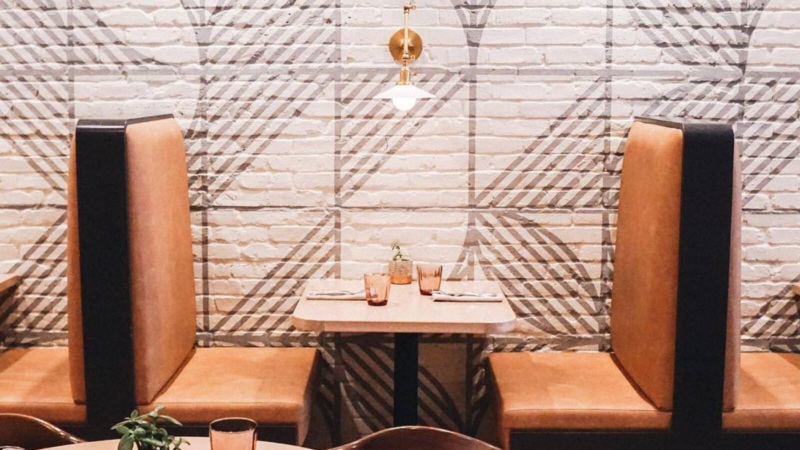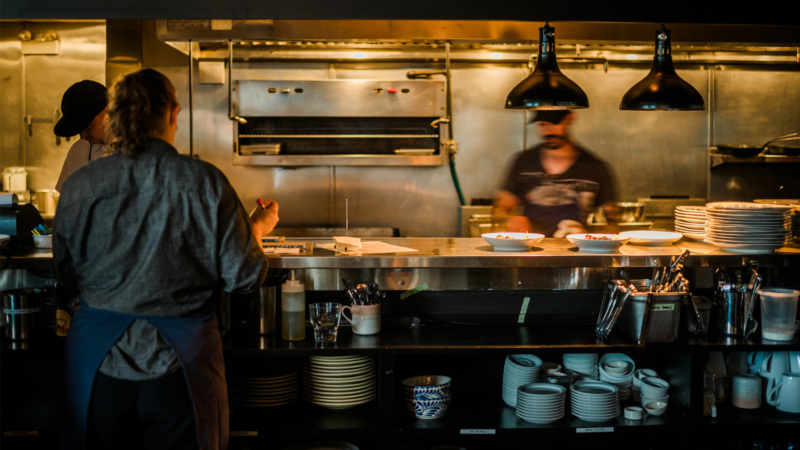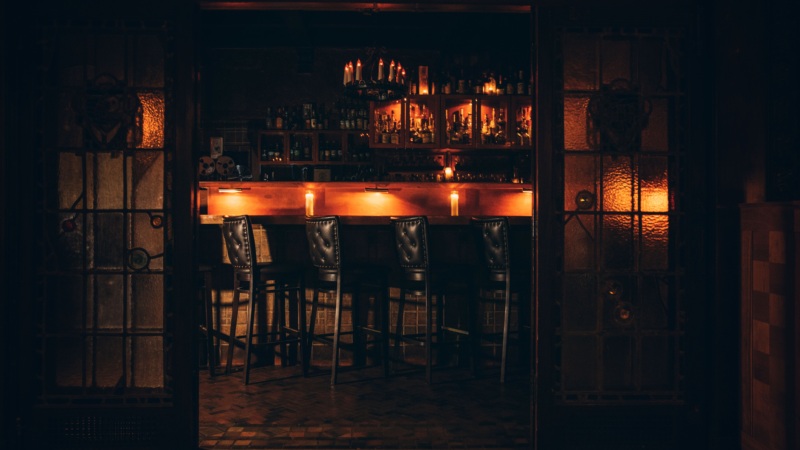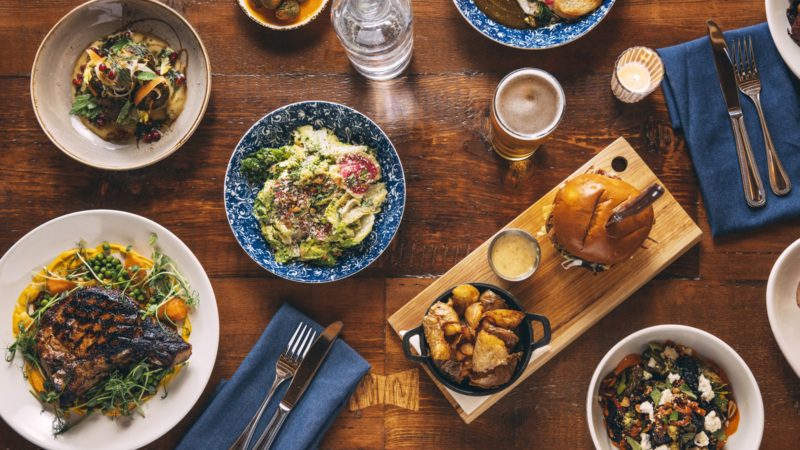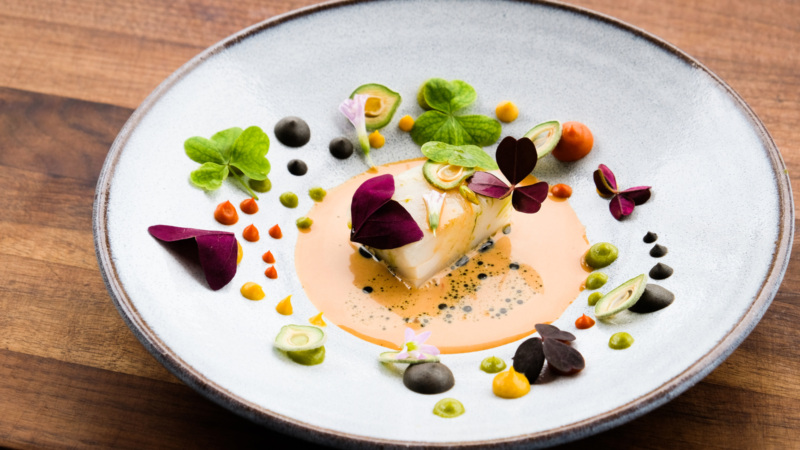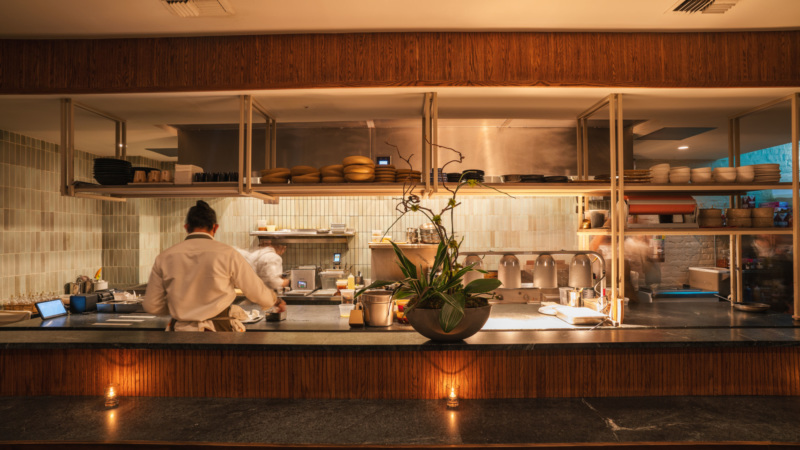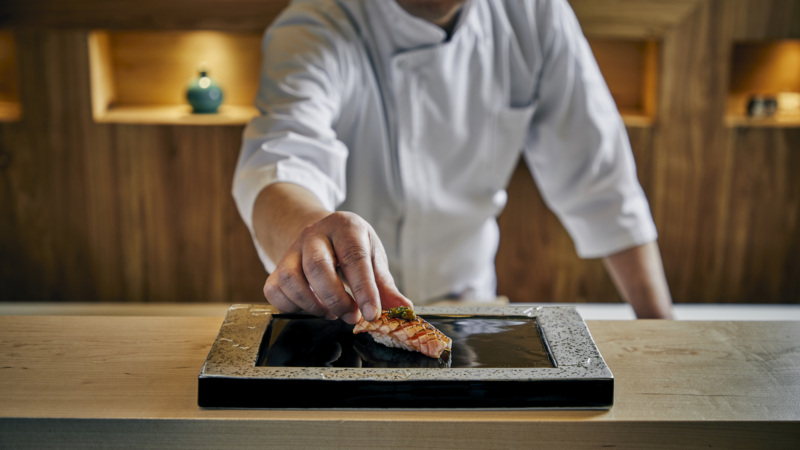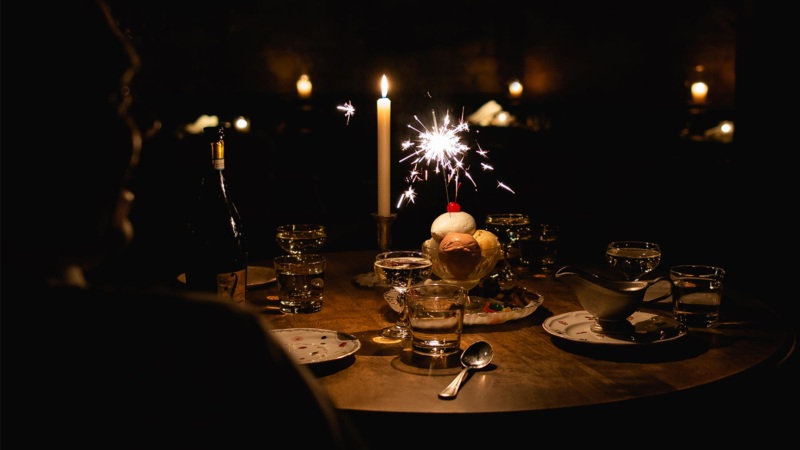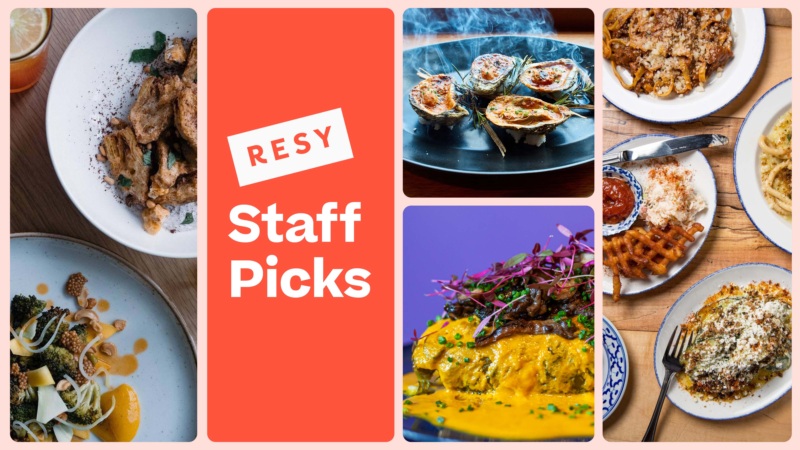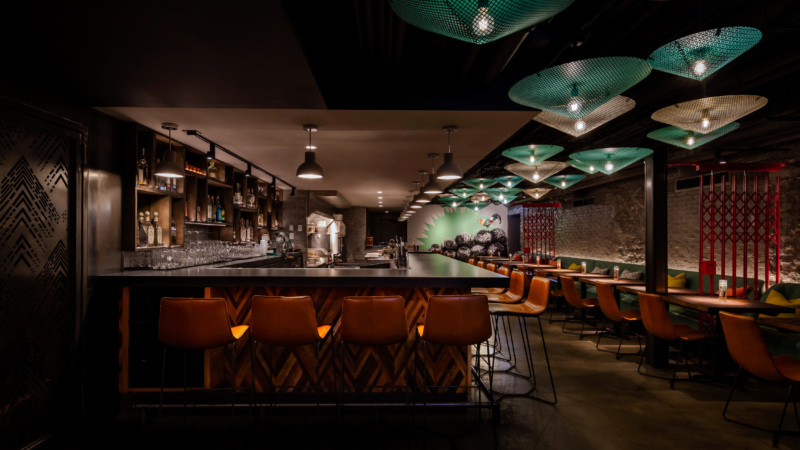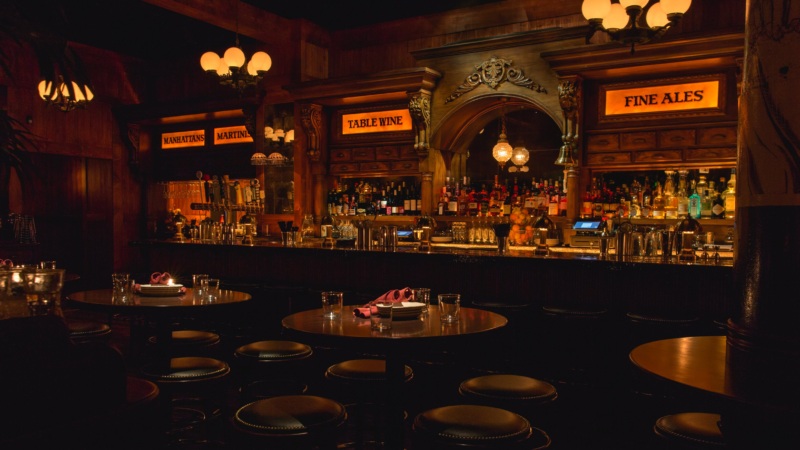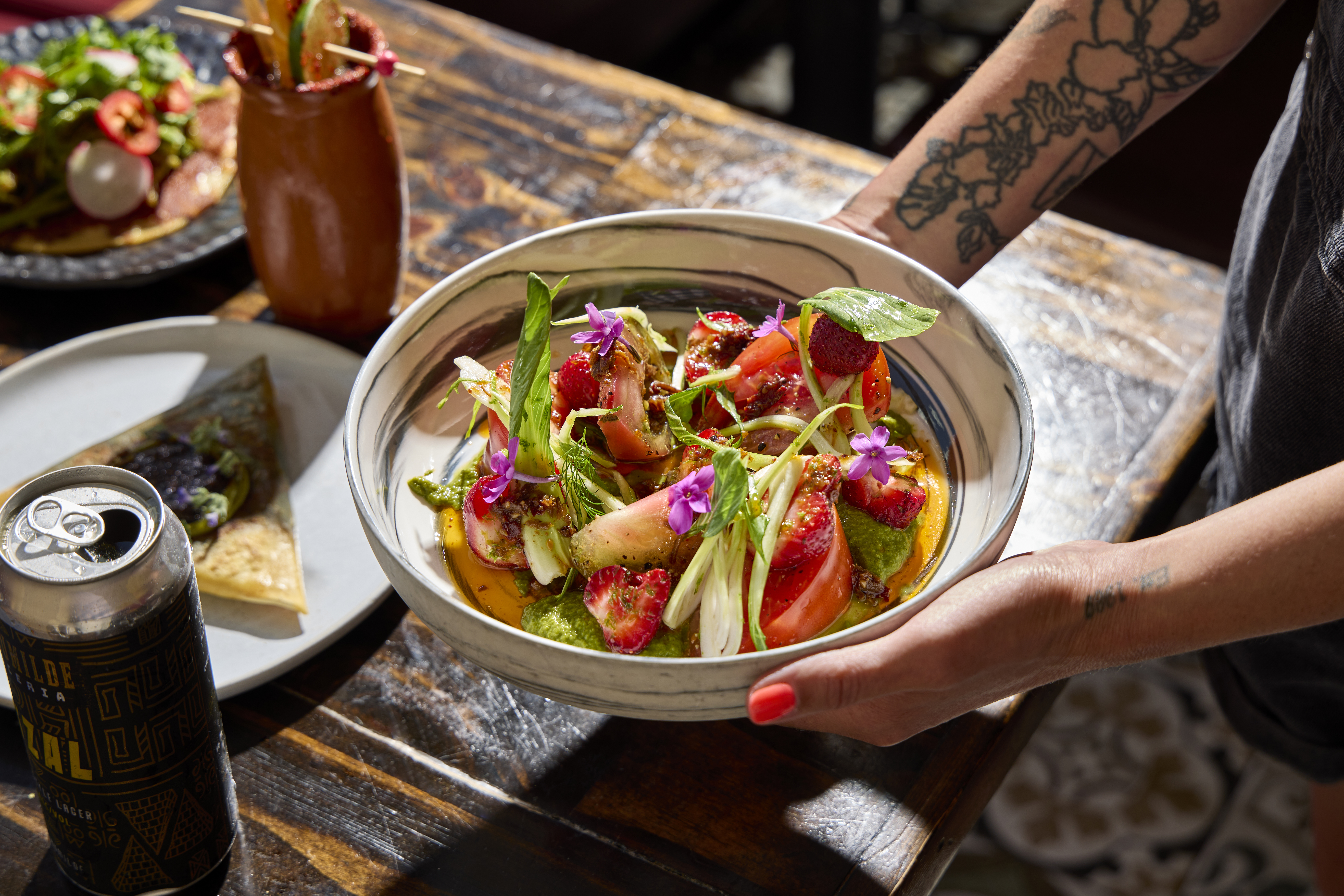
Stephen Satterfield's Corner Table Chicago
Mi Tocaya Antojería Honors History, and the Power of Women Cooking
The American Express® Gold Card and Resy have teamed up with Stephen Satterfield, award-winning host of “High on the Hog,” to bring you Corner Table: a series of exclusive interviews with top chefs and restaurateurs from across the U.S. Discover the personal stories and inspirations of these culinary masters and see how their food is reinventing American dining culture.
Stephen Satterfield is an award-winning journalist, author, founder of Whetstone Media and Hone Talent Agency, and host of “High on the Hog” on Netflix. His book “Black Terroir” is due out in fall 2024.
There’s power in naming. Chef Diana Dávila of Chicago’s acclaimed Mi Tocaya Antojería understands this intuitively, drawing strong links between her own history and culture, stereotypical fallacies about women and cooking, and the subtext of longing and nostalgia when we think of flavors from childhood.
Antojería. The Spanish word means longing, means craving — a type of hunger that might make you restless from the desire for a certain taste or texture. Remembering a dish your abuela or tía might make. Frijoles negros. Goat birria. Taco con nopalitos.
Dávila opened Mi Tocaya after first beginning her career at her family’s restaurant in the Chicago suburbs, and then gathering attention and acclaim as she worked at high-profile Chicago restaurants like Butter and the Michelin-starred Boka. But she wanted to create something that fell far outside the traditional taqueria or the trendy and more gentrified takes on Mexican cuisine that didn’t stretch much further than an overpriced margarita. At Mi Tocaya, she centers the nostalgia of flavor, capturing essences of traditional Mexican cuisine present in home cooking, but opts for a kaleidoscopic approach that makes plenty of room for Midwestern ingredients and Oaxacan culinary roots.
In Spanish, a “tocaya” or “tocayo” refers to someone who shares your name — that knowing recognition. In naming her antojería “Mi Tocaya,” chef Diana took ownership in a personal way, pushing back against stereotypes in the culinary world that the highest levels of cooking belong to the domain of men.
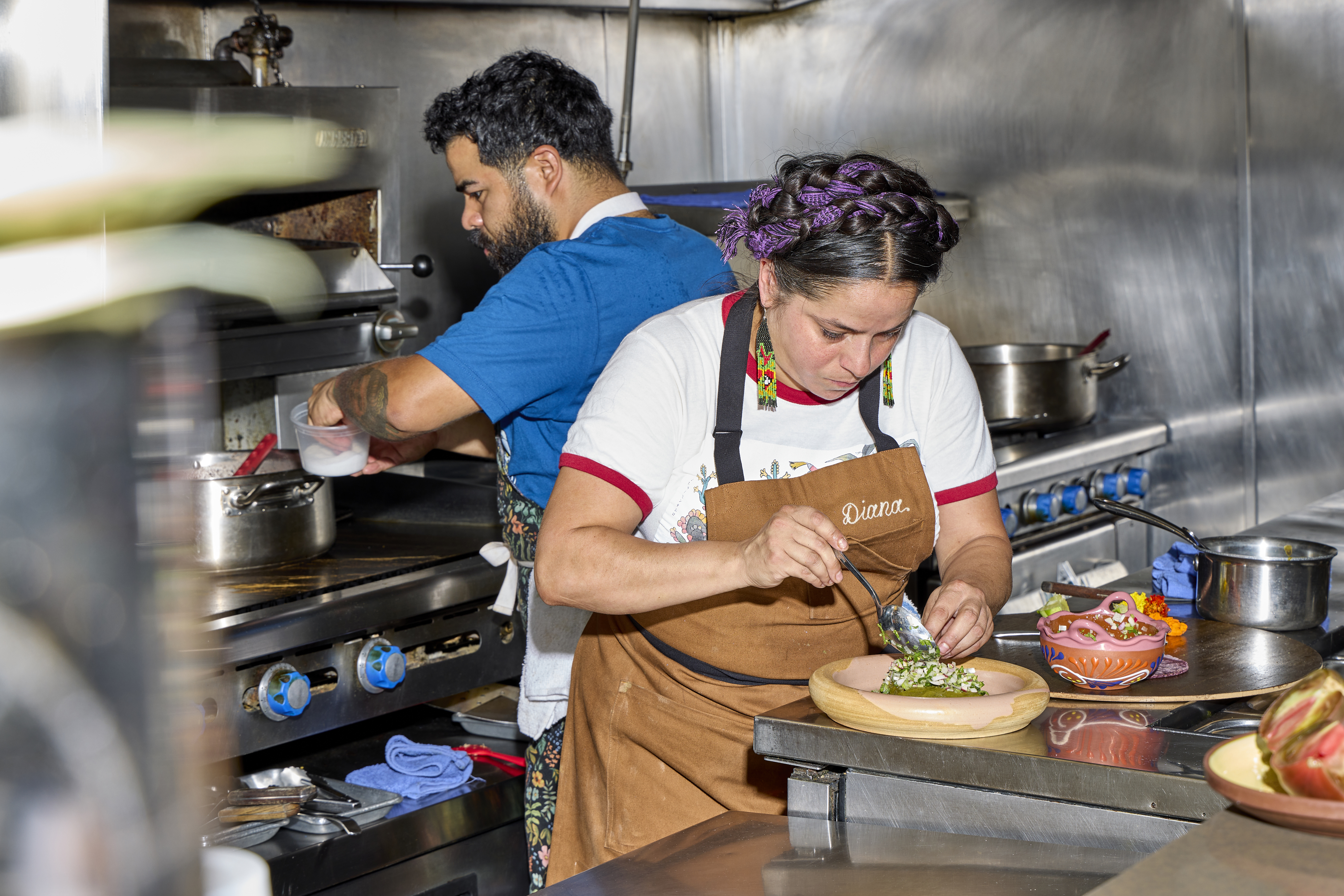
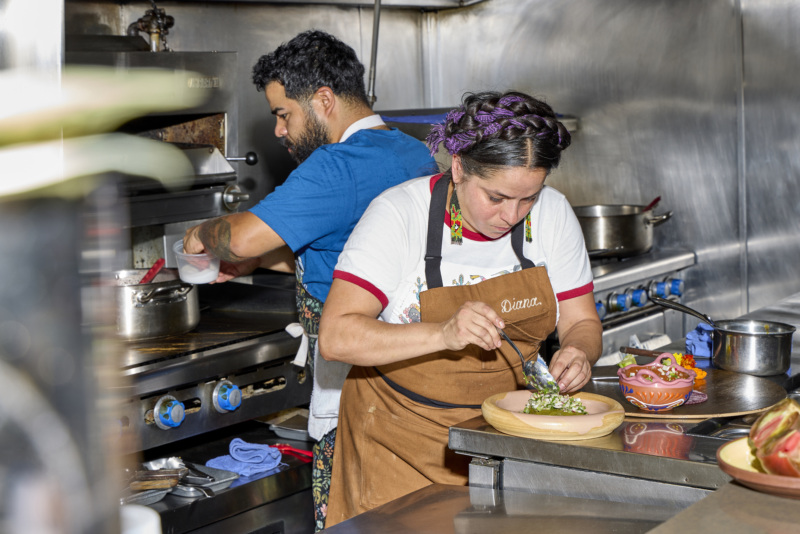
“This was very much about giving much due credit to all of the women,” Dávila says. “And that’s really how I have learned to cook Mexican food, is through all these fabulous women throughout my life. Whether it’s having a meal at a market in Mexico, women are cooking, or whether it is my aunts, my grandmother, my mother.”
To round out her team. Dávila hired Derek Serrano in 2021 as her chef de cuisine. She was drawn to Serrano because of their similar upbringings: both their parents owned and ran taquerias in Chicago, and both spent their childhood working in them. (“Isn’t it funny,” Dávila continues, “we were teenagers making burritos in our parents’ taquerias. Now we do the same as adults.”)
We sat down with Dávila and Serrano to learn how this restaurant embodies the mission stated on their website: “an antojería that pays homage to our ancestors, honors women, and our tierra.”
Mi Tocaya’s website has a great statement, defining your antojería as paying homage to your ancestors, honoring women, and “our tierra,” our earth. Why are these three missions so key to understanding your restaurant?
Diana Dávila: It’s really something in womanhood and sisterhood, which makes a lot of sense for me because I feel like 99% of [chefs], when they ask what got you into cooking most of the time, “Oh, my grandmother or my mother or an aunt.” But then, when you take a look at the chef restaurant industry, women are not given the same respect as male chefs. And that’s something that I found out when I was trying to get positions as an executive chef.
So this was kind of our way of paying homage to these women who have inspired all of these chefs and also who have nurtured. Most of the time, especially in Mexico, the women are [the ones] who cook for their families. And I just don’t feel that they get the credit. So to me, this was very much about giving much due credit to all of the women. And that’s really how I have learned to cook Mexican food, is through all these fabulous women throughout my life. Whether it’s having a meal at a market in Mexico, women are cooking, or whether it is my aunts, my grandmother, my mother.
I feel like home cooked meals, there’s nothing like it. And I feel that when you ask someone of Mexican descent, “What’s your favorite Mexican restaurant?” Or “Where do you go for Mexican food?” They’re probably going to say “mi abuela’s house,” or “my mother’s house.”
Some would describe Mi Tocaya as comfort food taken up a notch. Does that resonate with you? Tell us about some of the themes in your approach to good food.
Derek Serrano: At the end of the day, for us it’s nostalgia. Flavors. Flavors that we grew up in. Just like chef Diana, I got into cooking mainly because of my grandmother. She was the main inspiration.
We want to take those flavors that we grew up with and not only put them on a plate, but showcase them in a way that hasn’t been showcased, elevate them in a way that hasn’t been elevated.
And slowly but surely, we’re intertwining a lot of the Midwestern ingredients. Of course, we don’t always have the same ingredients here as in Mexico, but we want to utilize what Mother Earth has here in the Midwest and combine those with our beautiful culture.
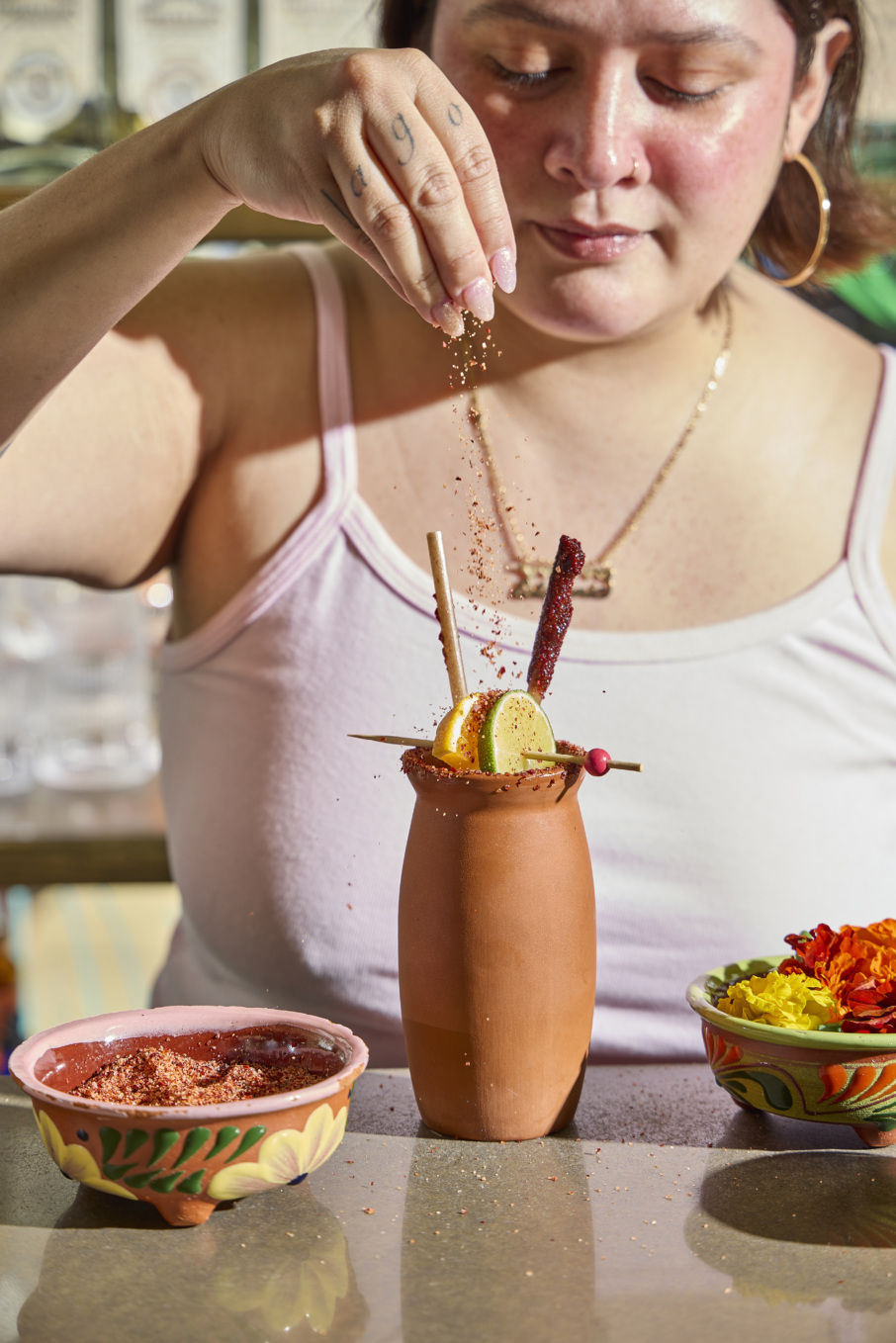

Antojitos (“small cravings”) play a special role on your menu. It’s a beautiful idea, “small cravings.” What appetites do you hope to satisfy at Mi Tocaya? I’m thinking about things like curiosity, comfort, nourishment, but tell us more.
Dávila: What are antos? They’re shareable greatest hits, homestyle food. It’s kind of a culmination of homestyle food, homestyle flavors, street food, market food.
But then, also more importantly, yes, little cravings. Cravings, a longing. When we talk about nostalgic flavors, you are always going to remember, “Oh, I remember when my mom would make this and she would do a little of the sour cream and a little chop of cilantro on there,” and I just love that so much.
You always long for that time when somebody was just taking care of you and nourishing you and [serving food] made with love. I really feel that if you love what you’re doing and love what you’re putting in, the ingredients are going to absorb that, and give you the best of what they have.
Serrano: I feel like in every culture there’s certain things that are passed down by generation, and every family has their way of doing it. For me specifically, something that I always keep alive in my grandmother’s memory are her dishes. But that’s something I grew up with and it’s not just the flavor, it’s the memory.
Digestif: A Few of Diana Dávila’s Favorite Things
Mi Tocaya’s owner shares some of her inspirations.
FAVE INGREDIENT (AND ONE THAT’S DUE FOR A BREAK)
I think spreads and dips have been having a heyday in general. And something that we are focused on are single-origin, ancestral Mexican ingredients like beans and corn. Many people say they love Mexican food but very little is actually known about how it came to be.
THE PERFECT TACO (DECONSTRUCTED)
A great tortilla. A great salsa. An expertly prepared protein “meat.” No specific order.
COMFORT FOOD
HOME-KITCHEN UPGRADE
Cook with healthy fats. Spend the money on avocado oil, sunflower oil, algae oil, real extra virgin olive oil, great real butter, animal fat. Don’t rush or cheat on your meal. Take the time to cut your ingredients. Don’t say you don’t have time. You are lying to yourself.
FAVORITE COOKBOOK
Still love my Charlie Trotter books, and “Comida Prehispánica.”
MOST MEMORABLE MEAL WHILE TRAVELING
Recently I went to Almú in Oaxaca. From the outside it looks like a small housefront, and as you enter, you move through a massive maze of different art. Walking outside, they have an open area where chickens and rabbits are roaming, all the harvest and produce they are working with displayed on an open table, you can see open-flame cazuelas with sauces simmering and masa work turning fresh tortillas. I had a ridiculously amazing cazuela of beautifully stewed guisado with tasajo cured beef and gorgeous strung fresh cheese.
Diana, you went to culinary school in Oaxaca. How does that shape your approach to food?
Dávila: It’s a little off the road from Oaxaca. Susana Trilling opened up this beautiful house, started doing cooking classes, and she built a beautiful kitchen, all in the Old World style.
And when I went there, I was just like, “Oh my God, this is mindblowing.” I’m so happy that I went there. I ended up staying there for three months because I just loved it so much. It was my first time where I really started taking a look at Mexico and its Indigenous population and its Indigenous culture.
Tell us about your decision to incorporate elements of Indigenous cuisine into the menu. What are some ingredients or cooking methods you’ve highlighted?
Diana: It was probably when I was 30 where I had this calling where I only wanted to cook Mexican food. Because the more that I would read about food, the more I had complete fascination with Mexico’s history and the Indigenous groups. And how when the Spanish came, it really outlined what we know now as Mexican cuisine, this sort of melting pot. I love learning about the customs back then, and I read about this stuff and then I dream about it.
I love to think, “Well, what was growing there?” or “What did they eat?” Derek and I will talk about, “Let’s actually make this mole in the style of using only ingredients that they had at the time.”
Serrano: Currently a big one that we do, it’s a fan favorite, is our roasted romanesco, which is pre-Hispanic. The main ingredients are pumpkin seeds and habaneros.
For me, if you want to know about history, about anyone’s history, start with the food. The food is going to take you everywhere. We don’t cook for the masses, we cook for ourselves, and the people that come and join us for a meal understand that and keep coming back for more. We’re not here to please everyone. We’re here to please the people that want to be here and join us for this beautiful meal.
In addition to wonderful food, Mi Tocaya is also known for its vibrant artwork and decor. Paint a picture for us. How does the look and feel of the venue play into the dining experience?
Dávila: It starts with being creative because you’re broke, because you don’t have a lot. I talked to some designers, it was wildly expensive. Have you ever noticed that when something’s trending, all these restaurants that open, all of them have that same design? And it’s like, I did not want that at all.
We have a lot of friends that are artists. When you buy a home, you don’t necessarily have all the furniture or all the things. But through the years, little by little, you really start coming into your identity. We wanted to be a home, we wanted to be full of art in colors and textures.
When you go to Mexico, the usage of color, the usage of textures, the sort of linear lines match. There’s old and new modern, but still super old. We really wanted to captivate that look and feel, but in our own way. We view ourselves as artists as well. We’re in this community and there’s so many incredible Chicago artists.
Serrano: Color is a big thing just because we want it to be vibrant. You want to feel that you’re in a space that you’re surrounded by all these beautiful things in front of you. As a community of artists, it’s always nice to be surrounded by creatives. I feel that you become more creative when you’re surrounded by like-minded individuals.
I really feel that if you love what you’re doing and love what you’re putting in, the ingredients are going to absorb that, and give you the best of what they have.— Diana Dávila
Tell us a little bit about the Todos Ponen Project.
Dávila: It was maybe the first couple of weeks when we opened, and my husband was there, training busboys and just kind of motivating and getting everybody to sort of engage. And he’s just like, yeah, Todos Ponen. It’s a Mexican game. It’s a little top that you spin around, and everybody puts in, whether it’s quarters or pennies or dollars.
And it’s something that I grew up playing and that my husband very much played a lot in our house. And he said, “We all have to pitch in here. We all take from this pot. So we all pitch in because the pot gives to all.” So we adopted that from that moment as our mantra for community fundraising.
We all do it. No one is above another or any work, and we all do it together. We all put into this, and we all take from this pot we all put into. With the pandemic, we closed for a while. It was really hard when we reopened. Our team dwindled down from 25 people to four people, and the four people that we held onto were people who did not have the opportunity to collect unemployment, who had to keep working because of their immigration status. That was really eye-opening.
So we set up a meal program where we could provide free meals through a nonprofit organization. We ended up raising like $12,000. And then we just kept doing it.
Then it kind of grew into, what is the necessity here in the neighborhood? It’s much easier to make an impact in your neighborhood than the whole world. I feel like that’s how you change the world. You change it through yourself, you change it through your family, you change it through your community.
We really wanted to showcase that you can participate here. Chicago is such a great community of chefs because we all genuinely support each other. That’s important. We feel that it’s really important to build your community because that’s the way that you can make an impact and it makes you happy.
Serrano: I’m specifically from the south side of Chicago, though we’re in Logan Square. I want to do everything I can from Logan Square, so then I can bring that same energy to the south side. It’s hard for us to do everything all at once, but if we do things step by step, one thing at a time, then that’s when we’ll start to actually make a difference for the world.
Truly, don’t get ahead of yourself. Don’t try and don’t beat yourself up just because you’re not able to help everyone. Think about those small details, you help these five people, maybe those five people can help one or two other people, and then that’s how you build. It’s a paying forward method, and hopefully we can push forward with that.



